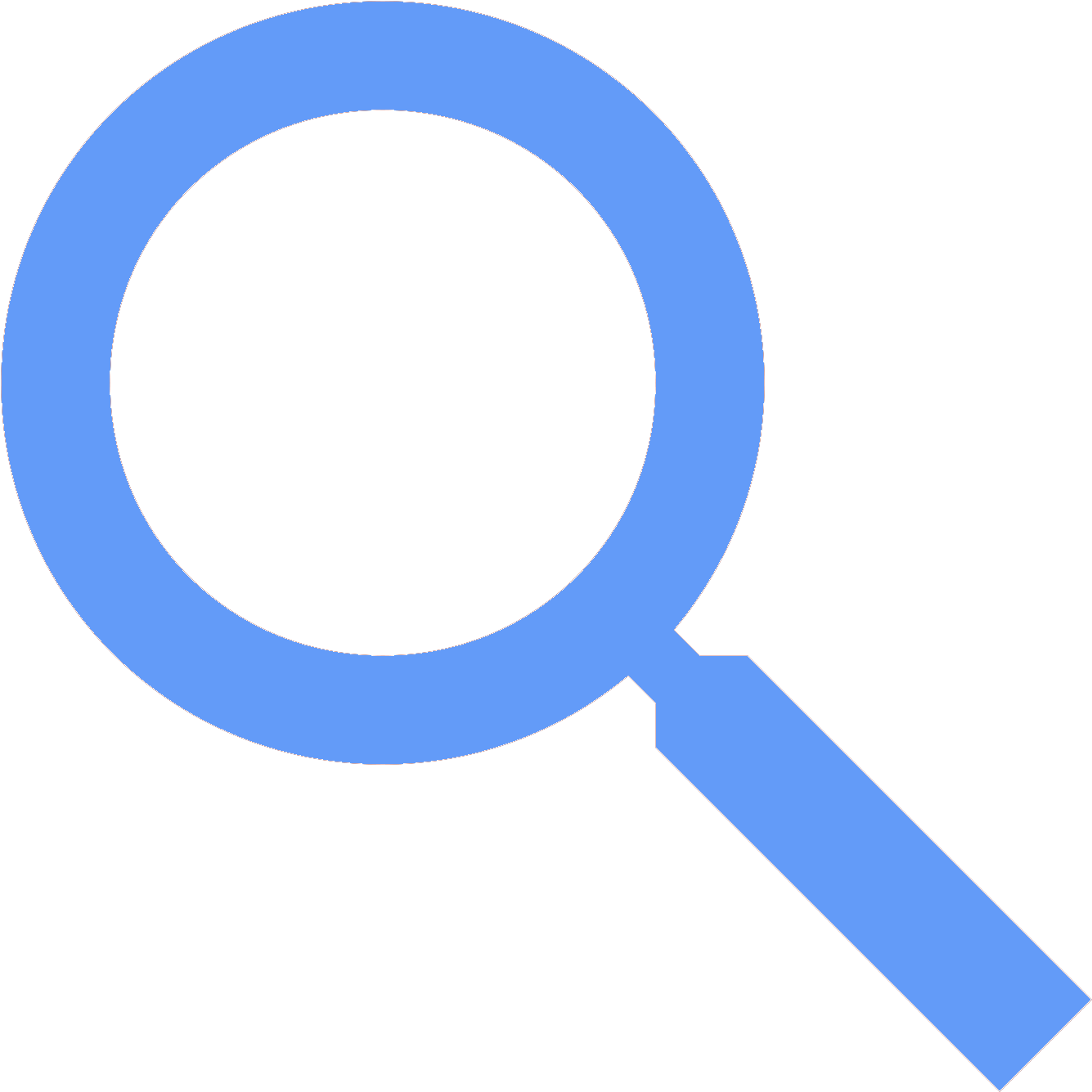As cat owners, we want nothing but the best for our furry friends. Providing them with a balanced and nutritious diet is essential for their overall health and well-being. However, with so many cat food options available in the market, it can be overwhelming to choose the right one. Some cat foods may even be harmful to our beloved pets. In this article, we will explore some tips on how to steer clear of harmful cat foods and ensure that our cats are getting the nutrition they need.
Related Topics (Sponsored Ads):
Read More
Before diving into the tips, it’s important to understand the nutritional needs of cats. Cats are obligate carnivores, which means they require a diet that is primarily made up of animal protein. They also need certain essential nutrients like taurine, arachidonic acid, and vitamin A, which are found in animal tissues. Therefore, it’s crucial to choose cat foods that meet these requirements. One of the most important tips for avoiding harmful cat foods is to carefully read the ingredients list. The ingredients are listed in descending order by weight, so the first few ingredients are the most significant. Look for high-quality sources of animal protein, such as chicken, turkey, or fish, listed as the main ingredients. Avoid cat foods that contain fillers, by-products, or artificial additives. Just like humans, cats can develop allergies to certain foods. Common allergens for cats include grains like wheat, corn, and soy, as well as dairy products. If your cat shows signs of food allergies, such as itching, vomiting, or diarrhea, it’s best to avoid cat foods that contain these ingredients. Opt for grain-free options or limited ingredient diets that focus on a single source of protein. The Association of American Feed Control Officials (AAFCO) sets the standards for pet food in the United States. Look for cat foods that have an AAFCO statement on the packaging, indicating that the food meets the minimum nutritional requirements for cats. This certification ensures that the cat food has undergone feeding trials or has been formulated to meet the nutritional levels established by AAFCO. When in doubt, it’s always a good idea to consult with your veterinarian. They can provide valuable insights and recommendations based on your cat’s specific needs. Your veterinarian can also help you determine if your cat has any underlying health conditions that require a special diet. They may even suggest prescription diets that are tailored to your cat’s individual requirements. Lastly, it’s important to monitor your cat’s health and well-being after switching to a new cat food. Keep an eye out for any changes in their appetite, energy levels, coat condition, or litter box habits. If you notice any negative changes, it could be a sign that the cat food is not suitable for your cat. In such cases, consult with your veterinarian to find an alternative that better suits your cat’s needs. Choosing the right cat food is crucial for the health and well-being of our feline companions. By understanding their nutritional needs, reading the ingredients list, avoiding common allergens, checking for AAFCO certification, consulting with your veterinarian, and monitoring your cat’s health, you can steer clear of harmful cat foods and provide your cat with a balanced and nutritious diet. Related Topics (Sponsored Ads):Understanding Cat Nutrition
Read the Ingredients List
Avoid Common Allergens
Check for AAFCO Certification
Consult with Your Veterinarian
Monitor Your Cat’s Health
Summary
Sources



